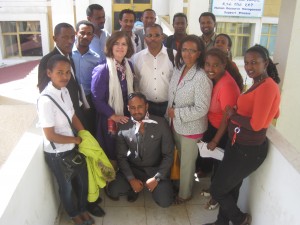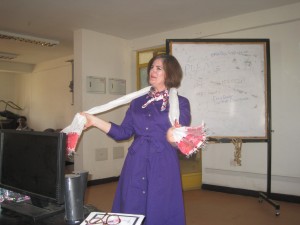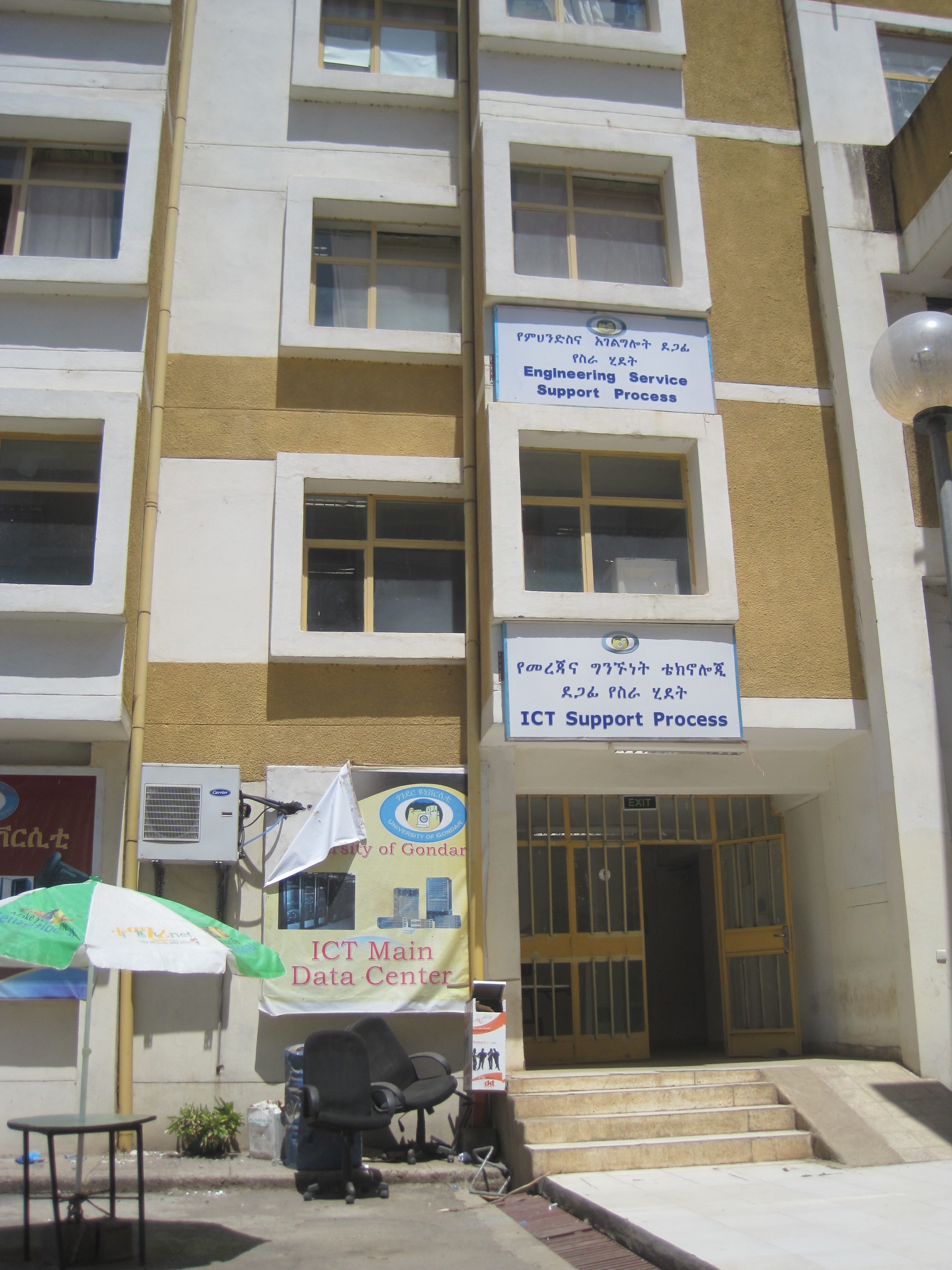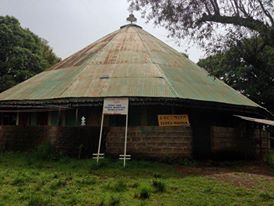By Christine O’Malley
Executive Director of Health Sciences
Fulbright Specialist, Ethiopia 2014
Today was the last day of our communications training on branding, content, and social media. What a terrific experience! We had participants from both University of Gondar and Addis Ababa University. At today’s final session, I handed out certificates, Ohio State Block O pins, and DVDs of the full course. Thanks to Kevin Kula in ODEE’s office for providing the DVDs and to Usha Menon for bringing them! 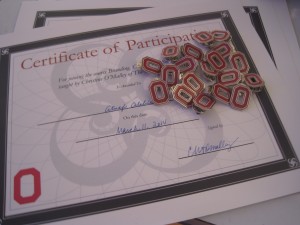
Throughout the training, our host, Mustofa Worku, supplied us with tea, coffee, and cake. It was a great opportunity to mingle and learn more about the participants, which I was happy to do.
| Coffee breaks are still time for learning! | |
 |
 |
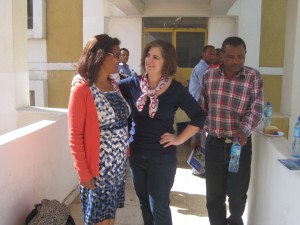 |
During one break, Getachew Mekonnen from UOG’s Department of English Language and Literature enthusiastically shared his plans for teaching a course on English for law students and another course on English for students in the tourism and hospitality program.
During another break Yemataw Wondie told me about UOG’s activities related to teaching and learning evaluation.
At today’s final coffee break, I learned from another UOG faculty member, Tefere Eshetu, about his interest in environmental law. He is pursuing his PhD and is working on a research project related to water-related laws and policies, and the safety of rivers in Addis Ababa. It reminded me of the work our One Health partnership is doing on environmental health.
I learned another great tidbit from Mulugeta Bayisa, a faculty member in UOG’s College of Medicine and Health Sciences. Apparently, UOG’s program in physical therapy is the only one of its kind in Ethiopia. The college is looking for partners to build capacity within the department. I’m adding that to my to-do list!
What a great learning experience this has been so far! Here’s our class photo:
And the group surprised me with an Ethiopian scarf featuring OSU-red! I’m wearing it as I write this.
For more photos of today’s certificate presentations, visit our new Flickr set: http://www.flickr.com/photos/120091507@N08/sets/72157642196077295
And I can’t close this part of the project without acknowledging the tech staff in the E-Learning Center. Without their help, it would have been tough to present the sessions.
For the remainder of my time here, I will focus on writing a strategic communications plan, in collaboration with UOG’s PR staff, and advancing our partnership on multiple fronts, which I hope to write more about soon.
